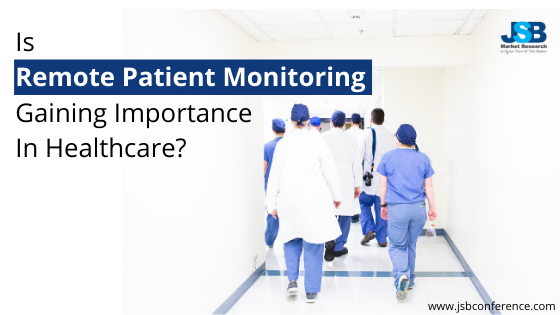According to the latest study, approximately 88% of healthcare service providers are planning to invest or already made investments in remote patient monitoring (RPM) technology for better management of chronically ill patients.
In the world of advancement and innovation in technology, healthcare is no way left behind. With the burgeoning of the semi-tech devices, telemedicine has evolved as a privilege bridging the geographical barrier.
The technology has led the doctor to diagnose the patient living in the remotest part of the country. The telehealth and telemedicine enable real-time health data access to the provider to offer better services to the patients without being physically available.
The findings come from the survey conducted on more than 100 interviewees that included clinical informatics and health IT thought experts. The survey respondents claimed that RPM solutions are useful for service providers to supervise and manage patients with high-risk of chronic conditions considered unstable and are at a risk for hospital readmission.
The study found that nine in 10 providers surveyed have already started encouraging patients, family member to take charge to manage their chronic conditions. The study ascertains that 89% of healthcare service providers are enforcing mobile technologies, telehealth video conferencing servicers, EHR based patients portal and wearable technology to widen the engagement of chronically ill patients.
The remote patient monitoring is a health delivery practice that uses technology to determine patient health without visiting clinical setup. The practice is an ingenious, lucrative and patient-friendly approach to healthcare.
The RPM manages chronic conditions including diabetes, COPD, Asthma, congestive heart failure, and hypertension.
RPM can estimate several things from heart rate, glucose level, oxygen level to medication tracking and temperature. It has a wide range of applications. It can be used for clinical trial monitoring, ameliorate patient adherence. RPM also has its application to check infertility, dementia and heart failure.
The real-time access to patient’s health can help to detect the early signs of occurring health illness and can accordingly take preventive measures.
Voice app is the most common RPM device that reminds patients of their medicine or related treatment. For example, the voice app helps a patient diagnosed with diabetes to remind them to take insulin, which ultimately enables the physician to track their health and take necessary action.
The wireless ambulatory, ECG or electrocardiography are some of the other RPM devices.
Sensors based wearable devices are suitable for RPM providing real-time medical data.
Monitoring routine helps improve the health of people and also allows the older and disabled people to live a longer life. Application of RPM results in the reduction of hospitalizations, readmissions that tends to reduce expenses as well.
The main advantage of RPM is that it has no limitation with regards to typical working hours, scheduled physical meeting and distance.
Technologies like artificial intelligence, big data, cloud computing, and telemedicine have the potential to transform the healthcare industry. The advancement of technology has been beneficial to provide better service and enhance the health industry.
The upcoming healthcare conference will discuss more on technological advancements and their relevance in the health industry.
